Applications
Deck lights are specifically designed to provide the spread of light needed for outdoor navigation, seating, dining, and gathering activities while complementing the architectural design to maintain a cohesive scene. These fixtures functionally illuminate deck floors and steps to define areas to lounge and linger, prevent tripping hazards, and eliminate dark hiding places and unobserved entry points for intruders. Deck lighting also serves to create appealing ambience around outdoor living spaces and establish visual continuity between the indoors and outdoors.
Installation
Deck lights are designed and mounted in a way that they blend unobtrusively into its setting. Deck lights are typically recessed into deck floors and steps, or integrated into the railing around a deck for a clean, inconspicuous look. These outdoor fixtures can be divided into four types: recessed deck lights, post cap lights, deck rail lights, and stair riser lights. Recessed deck lights install flush on the deck boards. Post cap lights are tucked discreetly under the cap and distribute light in a horizontal direction. Deck rail lights are mounted on the side of deck railing posts and spread the light downwards. Stair riser lights are installed into step risers and are shaded or louvered to direct light down rather than straight out so that they won’t distract people ascending the stairs.
Low voltage lighting
The most common type of deck lights are low voltage systems that run on a 12V or 24V power supply. When compared with line voltage lighting, low voltage lighting is safer to use in exterior environments and affords much more flexibility in luminaire placement because they do not require a conduit to protect wires and an electrical junction box to power the system. A low voltage lighting system utilizes a power supply to step the normal house line voltage of 120 or 220 volts down to 12 or 24 volts for low voltage applications. In case of LED lighting, the power supply converts alternating current (AC) into a direct current (DC) for the LEDs. The only issue with low voltage lighting is that voltage drops along its length because of cable’s inherent resistance.
When a large number of light fixtures are wired to a single circuit with a long run, the furthest fixtures from the power supply will experience the largest voltage drop and thus produce a lower output or simply do not work. Voltage drop, however, can be minimized using a variety of methods, including using multiple cable runs, using multiple transformers in different locations, or using transformers using a multi-tap configuration.
Line voltage lighting
Line voltage deck lights are usually used as a last option. They’re the choice when electricity needs to travel a long distance and/or there’re a large number of luminaries to be wired on a single circuit. However, high voltage systems create challenges in electrical wiring and luminaire design. Often times, running the cable conduits for electrically safety may lead to an obtrusive look and a higher installation cost. As LEDs are low voltage, current driven devices, operating LED deck lights on line power necessitates the use of AC-to-DC drivers which rectify commercial AC power into DC power and convert the rectified DC power into a regulated output that matches the need of the LED module. The addition of a driver circuit significantly increases the cost and volume of the LED deck light and also reduces the luminaire reliability. In landscape lighting applications, the size, aesthetic and reliability of a luminaire as well as the convenience and electrical safety of wiring can matter a lot.
Solar powered lighting
Along with the commoditization of energy efficient LED lighting and widespread use of high energy density lithium-ion batteries, solar powered lighting has a growing trend in outdoor applications. Solar powered deck lights require no external wiring to remote power sources, which makes them ideal for locations where wiring is not practical or an option. A solar photovoltaic system can be designed as a standalone system that powers a circuit of multiple LED luminaires. It can also be integrated into an LED luminaire to form a self-contained solar lighting system. An integrated solar LED deck light typically consists of an LED module, a solar module, a solar charge controller, and a rechargeable battery. Times, motion sensors and photocells may be incorporated as well to maximize battery autonomy.

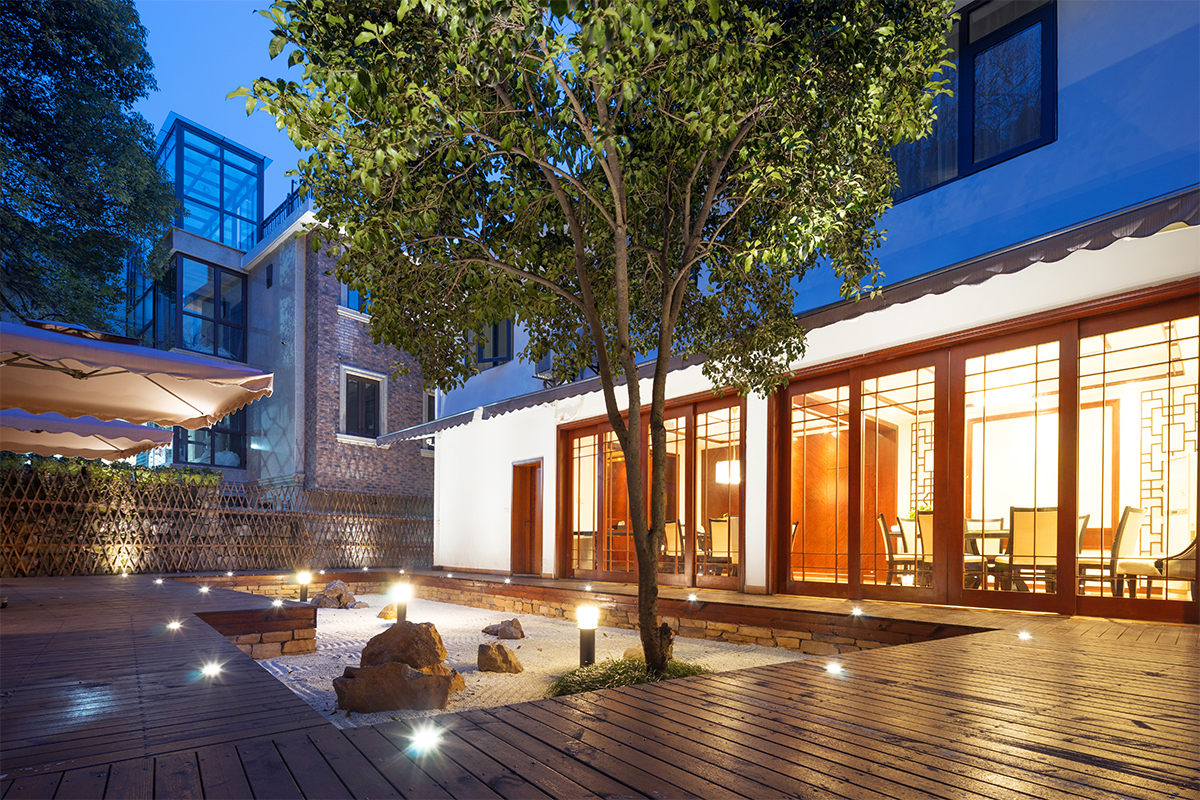
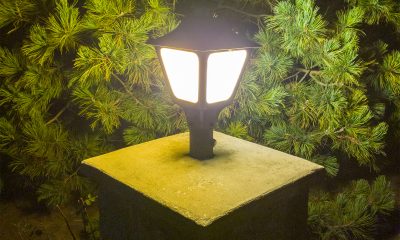
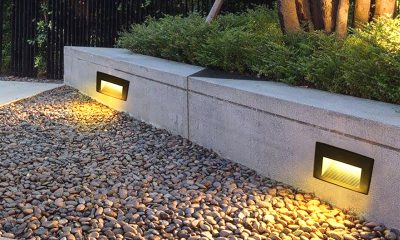

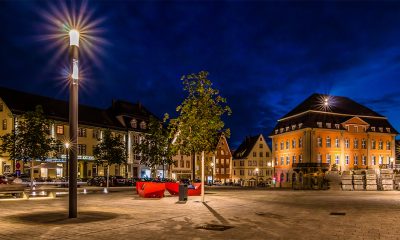
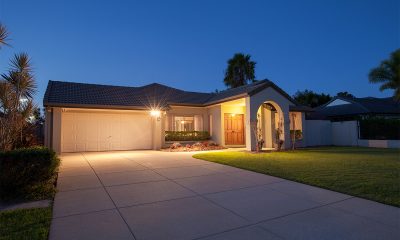



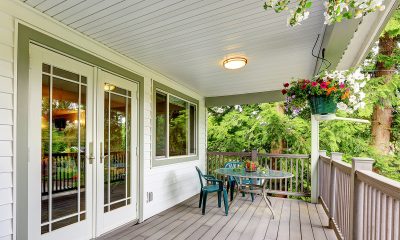








Loading...